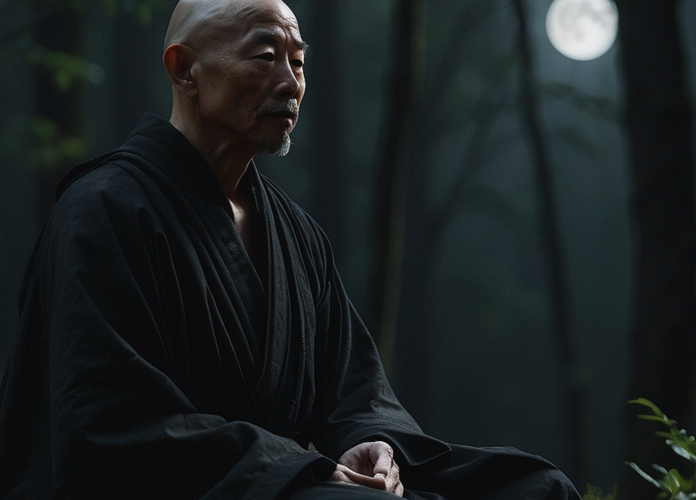
Going past Traditional Meditation
Master Hughes' teaching of mindfulness extends beyond traditional meditation by
emphasizing its integration into everyday life and actions. His approach focuses on
making mindfulness a practical tool for navigating daily challenges and fostering
personal growth. Here are the key ways his teachings go beyond meditation:
Master Hughes' emphasis on **action-oriented mindfulness** differs from
traditional meditation practices by extending mindfulness beyond the
meditation cushion and integrating it into daily life and practical actions.
Here are the key distinctions:
### 1. **Focus on Practical Application**
- Traditional meditation often involves structured practices like seated
meditation, body scans, or focused attention on specific objects or
sensations to cultivate mindfulness[3][5].
- Master Hughes, however, emphasizes using mindfulness as a tool for real-
world problem-solving and personal growth. For example, he teaches
mindfulness as a way to enhance relationships, improve self-confidence, and
address societal challenges like violence and trauma[1][6].
### 2. **Integration into Everyday Life**
- While traditional practices may prioritize dedicated time for meditation
sessions, Master Hughes encourages mindfulness in every moment,
including routine activities like work, parenting, or social interactions. He
teaches that mindfulness should be a continuous practice embedded in daily
behavior[1][6].
### 3. **Action-Oriented Philosophy**
- Master Hughes' approach is rooted in **Engaged Buddhism**, which
combines mindfulness with compassionate action. This philosophy urges
practitioners to use their awareness to actively create positive change in the
world, such as supporting community development or addressing social
issues[1][6].
- Traditional meditation often focuses on introspection and inner peace,
whereas Hughes emphasizes outward action as a reflection of spiritual
growth.
### 4. **Incorporation of Martial Arts**
- Master Hughes integrates martial arts like Jujitsu into his teachings, using it
as a metaphor for adaptability and self-mastery. This physical practice
embodies Zen principles such as "being like water" and encourages students
to apply mindfulness dynamically in challenging situations[2].
### 5. **Social Responsibility**
- A unique aspect of Master Hughes' teachings is the emphasis on social
responsibility. He believes that true understanding of Zen principles involves
actively contributing to societal well-being, contrasting with traditional
meditation's focus on individual enlightenment[1][6].
### Summary
While traditional meditation practices often center on cultivating inner
awareness through formal techniques, Master Hughes' action-oriented
mindfulness expands this focus by integrating Zen principles into everyday
life and encouraging compassionate engagement with the world. His
approach makes mindfulness more accessible and applicable to
contemporary challenges, setting him apart from conventional practices.
Citations:
[1] https://londondailypost.co.uk/the-journey-of-zen-master-hughes/
[2] https://www.nationalmeditation.org/zeninthewoods/articles/zen.html
[3] https://pmc.ncbi.nlm.nih.gov/articles/PMC7003166/
[4] https://www.mdpi.com/2409-9252/4/1/8
[5] https://pmc.ncbi.nlm.nih.gov/articles/PMC4838602/
[6] https://writeupcafe.com/zen-in-the-heart-of-texas-the-journey-of-zen-
master-hughes/
[7] https://pmc.ncbi.nlm.nih.gov/articles/PMC3679190/
[8] https://planetmeditate.com/traditional-vs-modern-meditation-practices/
123 Portobello Road
England GB 98765
© T. H. E. HOTEL









































































